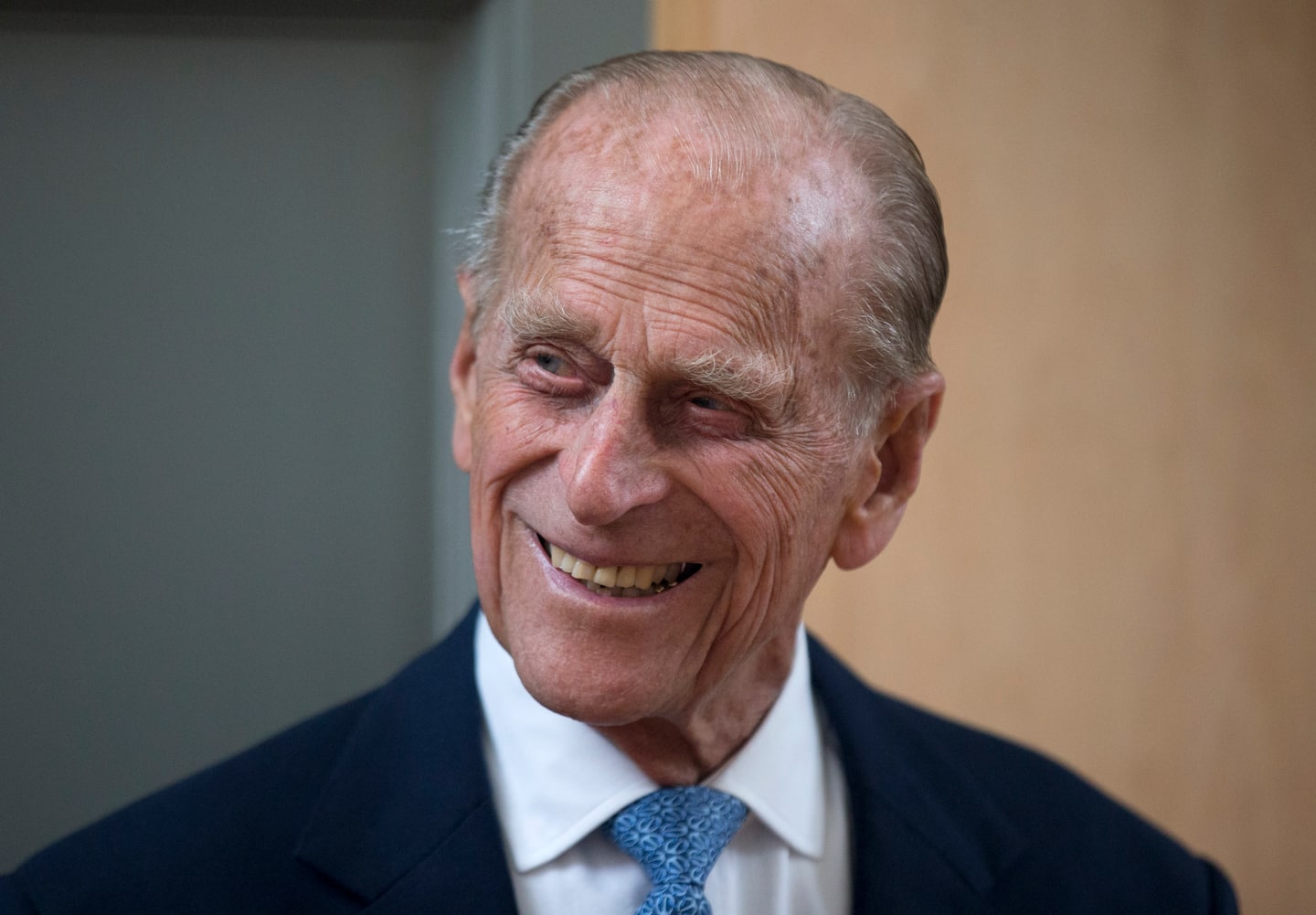Prince Philip’s supporting role

In public, he walked two paces behind his wife, the head of state. But he was head of the household, overseeing his family and various efforts to modernize royal life. His devotion to his marriage and duty was vital to the success of Queen Elizabeth II’s record-long reign.
The couple — distant cousins and both great-great grandchildren of Queen Victoria — met in 1939, when Philip, a penniless prince of Greece and Denmark, was an 18-year-old cadet and the king’s family visited Britain’s naval academy at Dartmouth. Princess Elizabeth, just 13, was smitten. They married in 1947 after years of writing to each other during World War II.
Early on, Philip remained in the navy. During the war, he had been part of the allied landing in Sicily and he was in Tokyo Bay when Japan surrendered in 1945. His service earned him promotions to first lieutenant and second-in-command of a ship at age 21. When he was stationed in Malta, Elizabeth moved abroad, leaving their young children with her parents in England.
But her father’s illness cut short the couple’s freedom — and what Philip had anticipated would be a long naval career. When Elizabeth ascended the throne in 1952, her husband became the first consort to a queen since Prince Albert in 1861. “There was no precedent” for a modern interpretation of the role, Philip said in 2011. Accustomed to charting his own course, he suddenly needed to figure out “what the niche was and to try and grow into it, and that was by trial and error.”
His gaffes made headlines, but Philip remained unapologetically himself. He studied royal customs with naval efficiency and sought modernizations large and small. He pushed to end the practice of presenting debutantes at court and to cut the number of staffers who ferried food from far-off palace kitchens. Decades before climate change crept into cultural consciousness, he promoted conservation and environmental causes.
Philip’s temperament dictated that he should have been king of his castle. But with the crown on his wife’s head, Philip was the supporting role in their double act, deferring to her in public and she to him in private. His boldness compensated for her shyness; he could question, or tease, his wife when no one else dared. “It must have been quite difficult for him, being in the sort of shadows and being the support,” Prince William has said.
Only rarely was tension evident. “I’d much rather have stayed in the Navy, frankly,” Philip admitted in 1992. But he annually packed his schedule with events to promote British industries and youth, before retiring from public life in 2017. He also learned to pilot planes and played polo until, in a nod to age, he shifted to carriage driving. His long life was one of service to the monarchy but ultimately to his wife, who has put the crown above all.
Their shared devotion to duty produced a much different outcome in their marriage than those of their children. Three of the four have divorced, with marital and other woes playing out in Britain’s tabloid media. Whatever generational and cultural challenges Philip faced following in his wife’s footsteps, he stayed in his place — just behind her.
The prince, a pragmatist with little patience, offended many over his decades in the public eye. But he maintained a devoted audience of one. Philip “doesn’t take easily to compliments,” the queen noted at their 50th wedding anniversary, “but he has, quite simply, been my strength and stay all these years.” All other accomplishments pale in comparison.
Read more:






